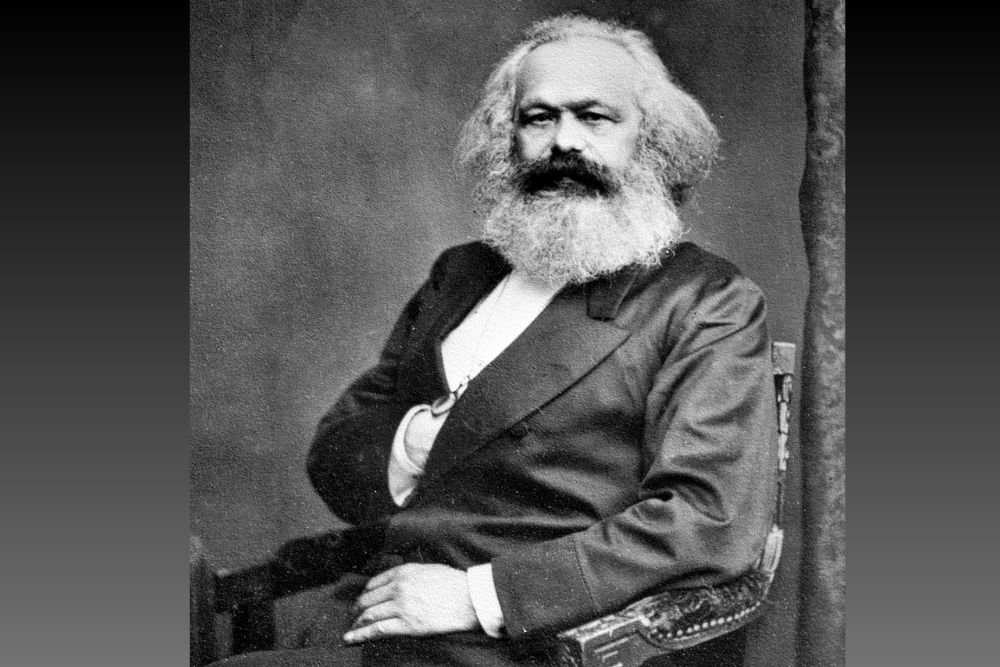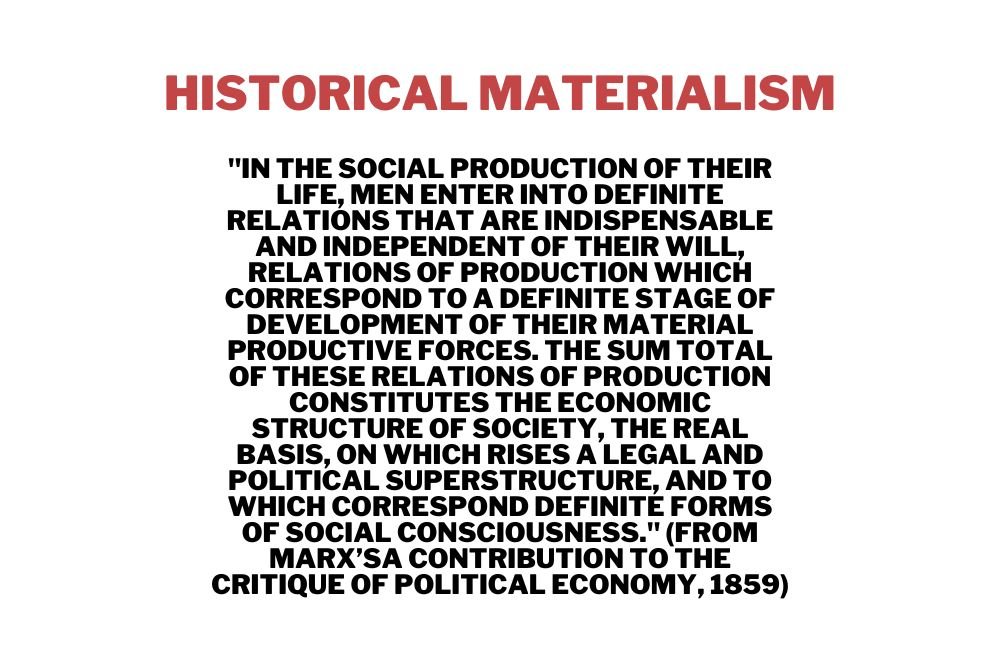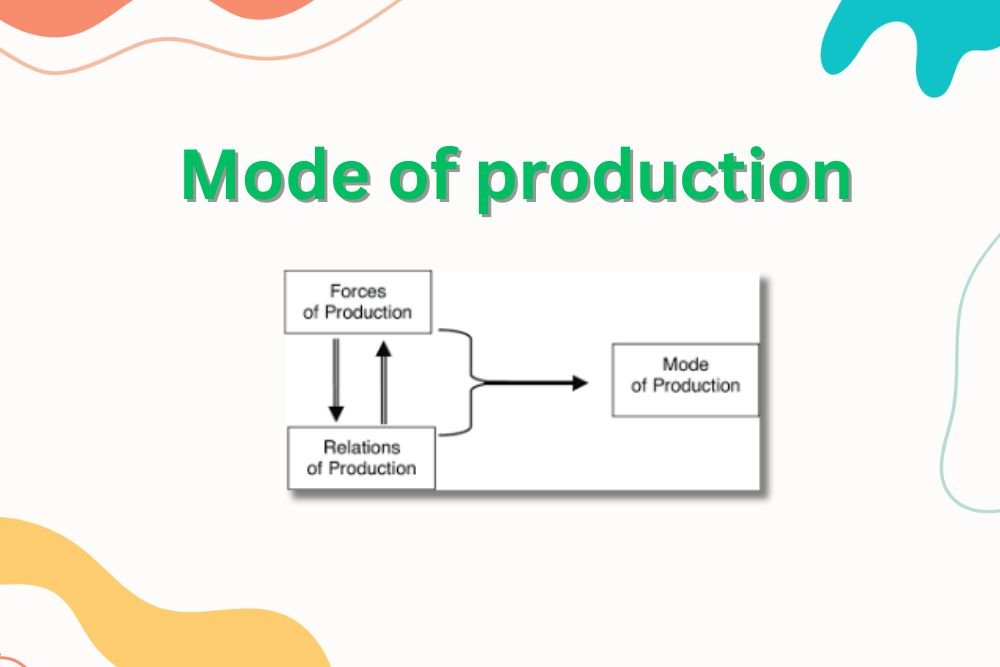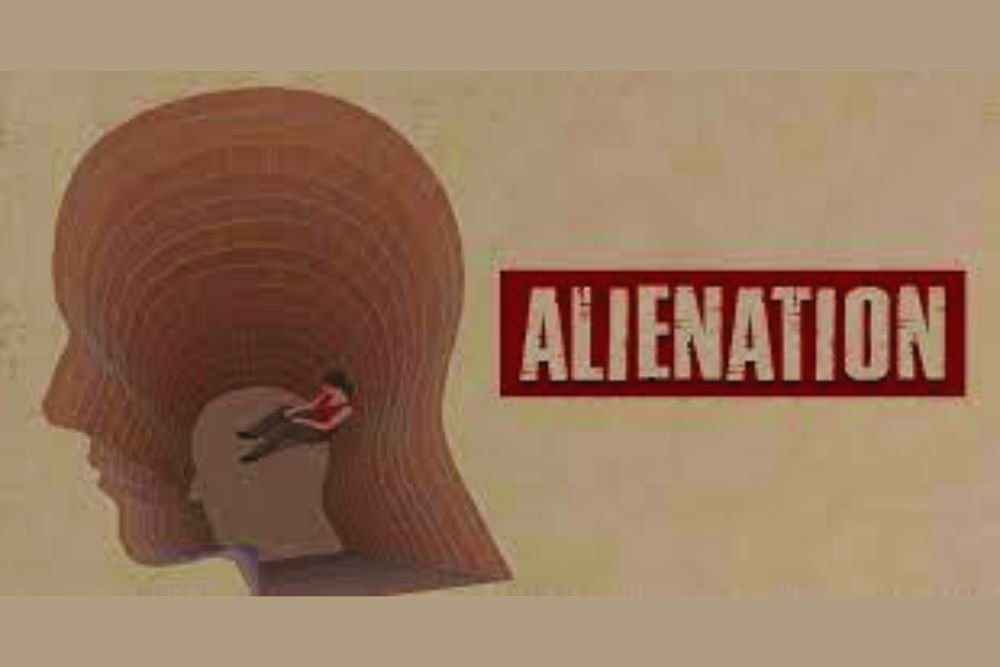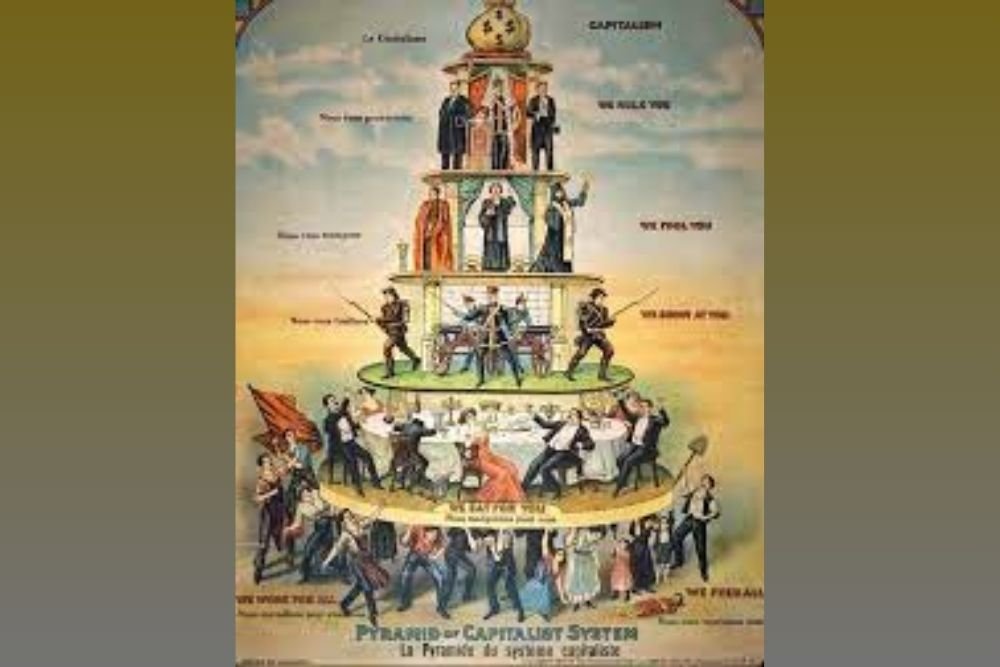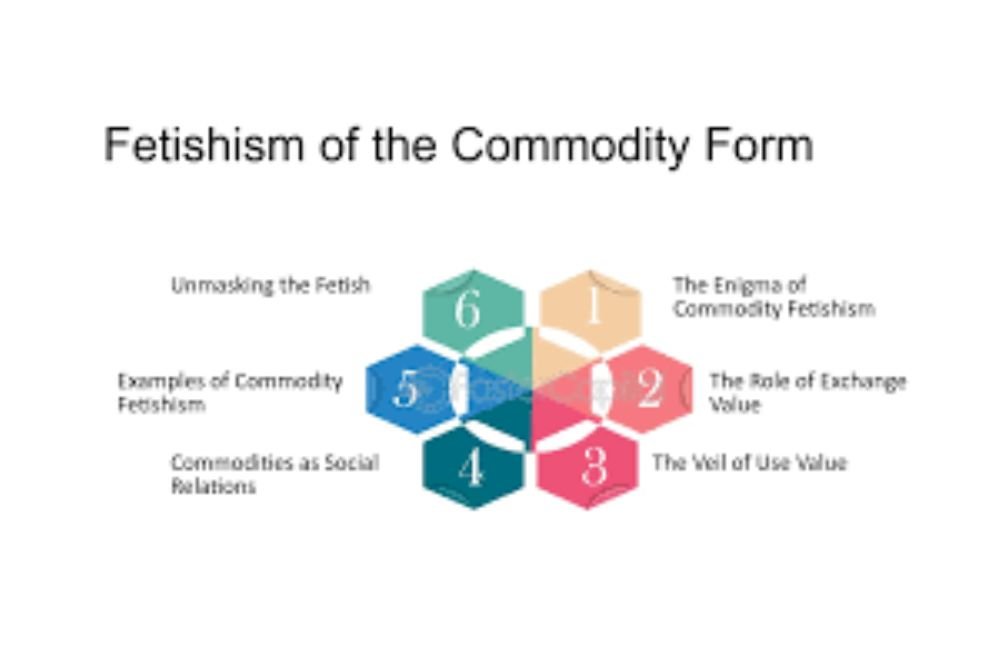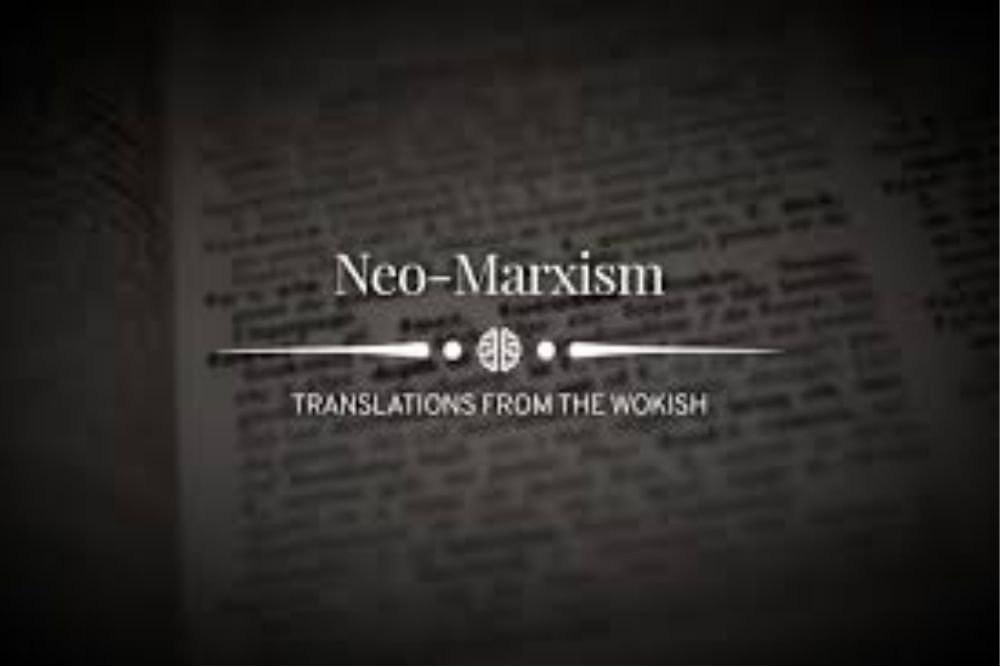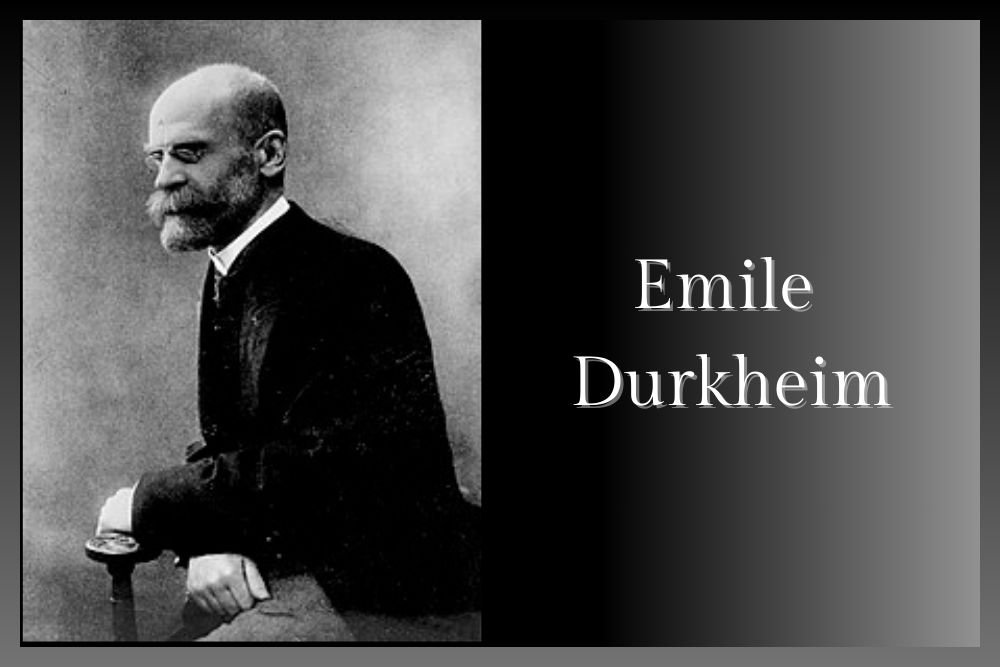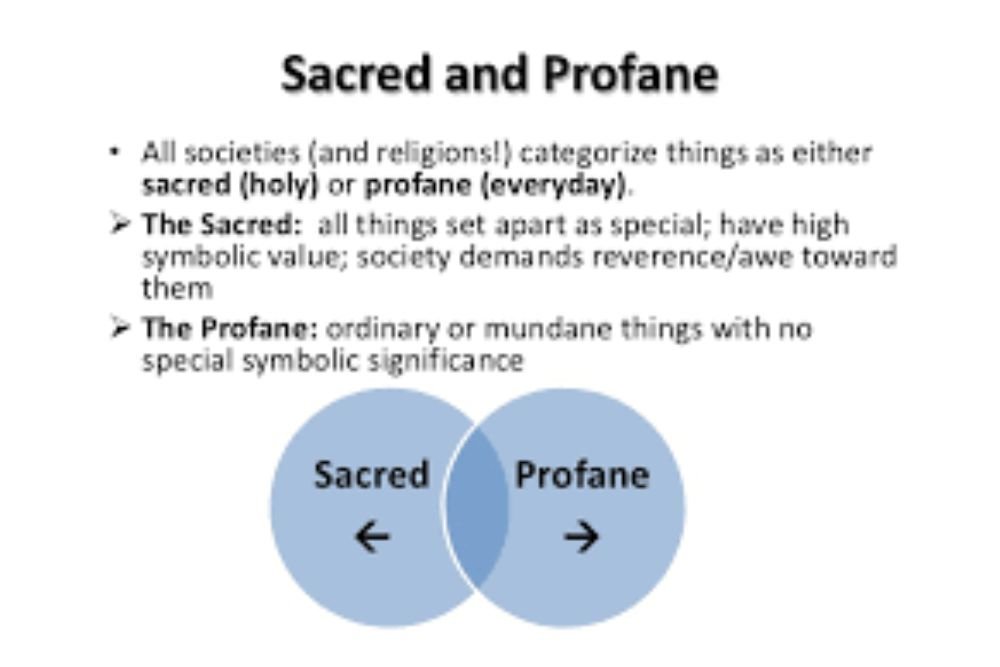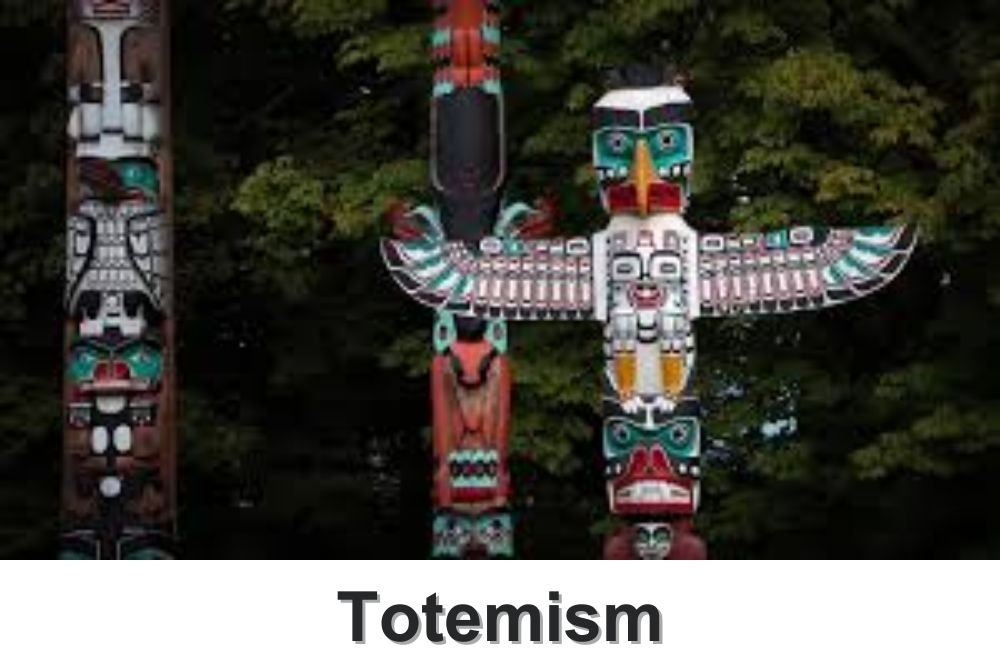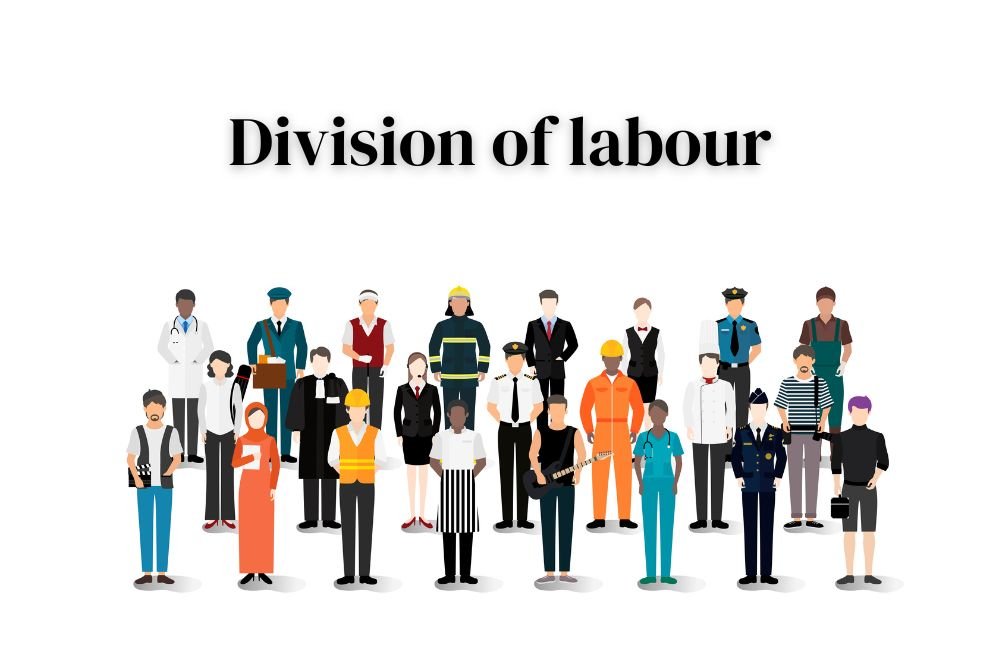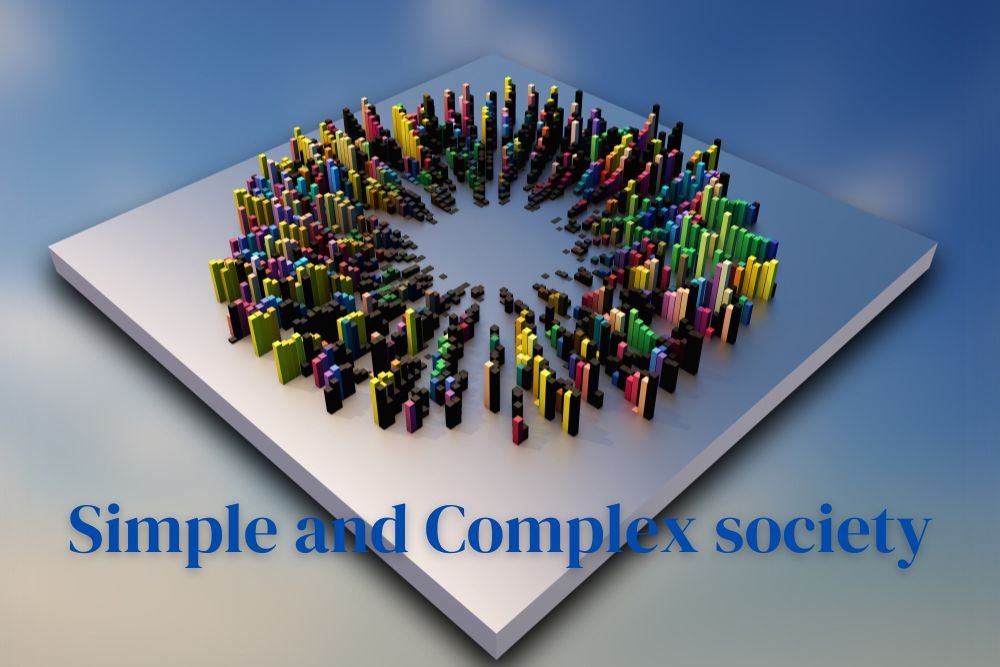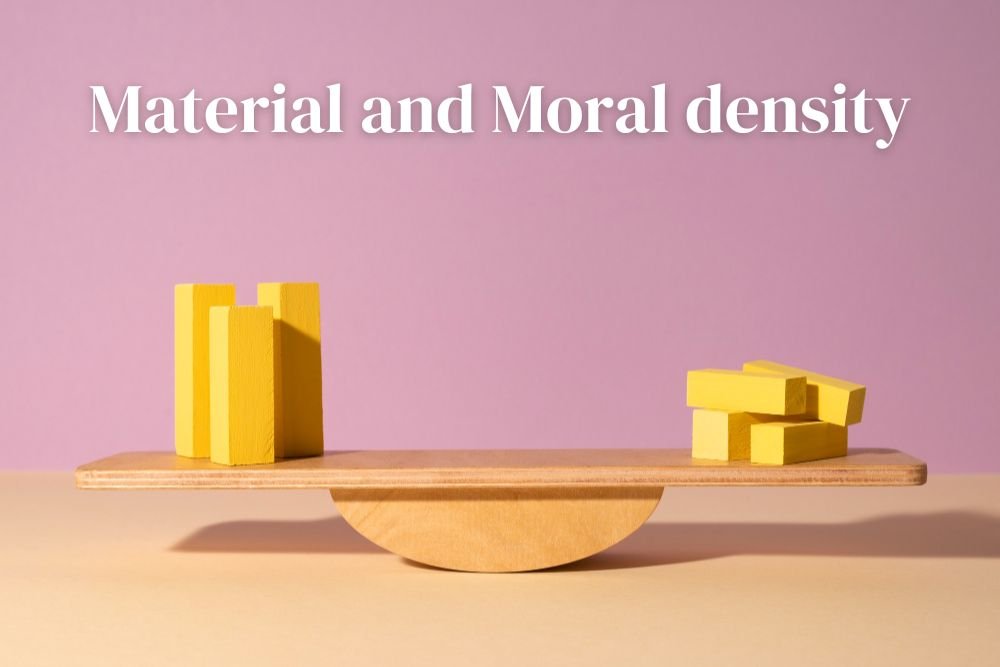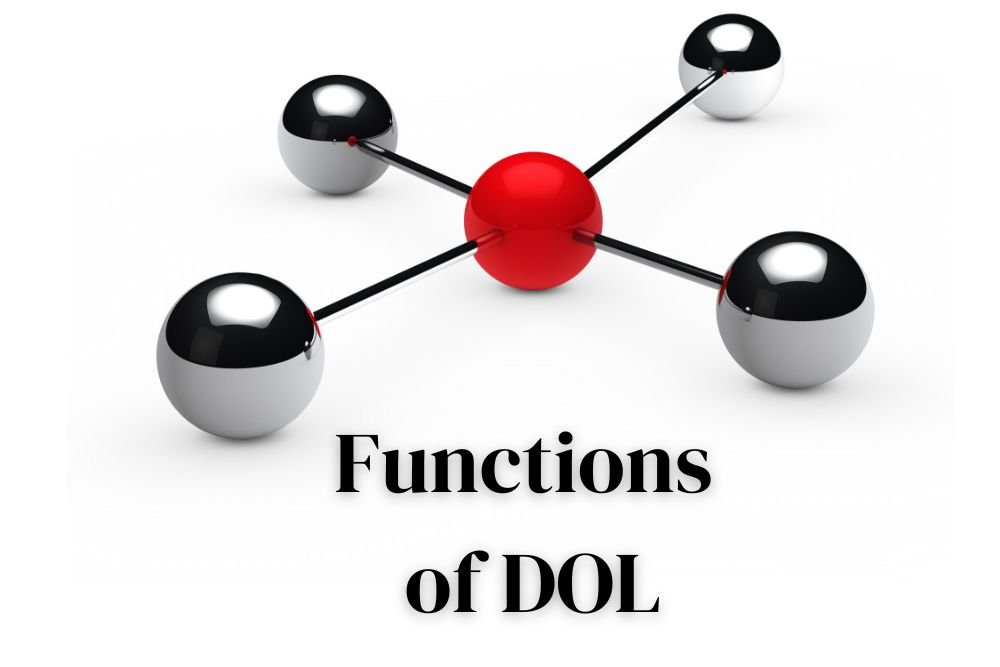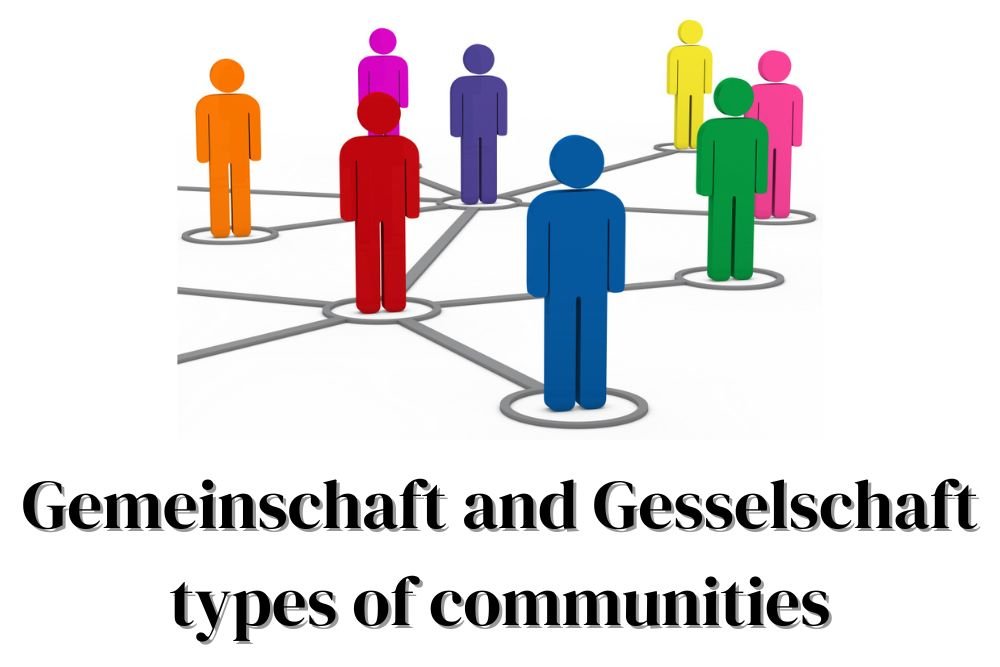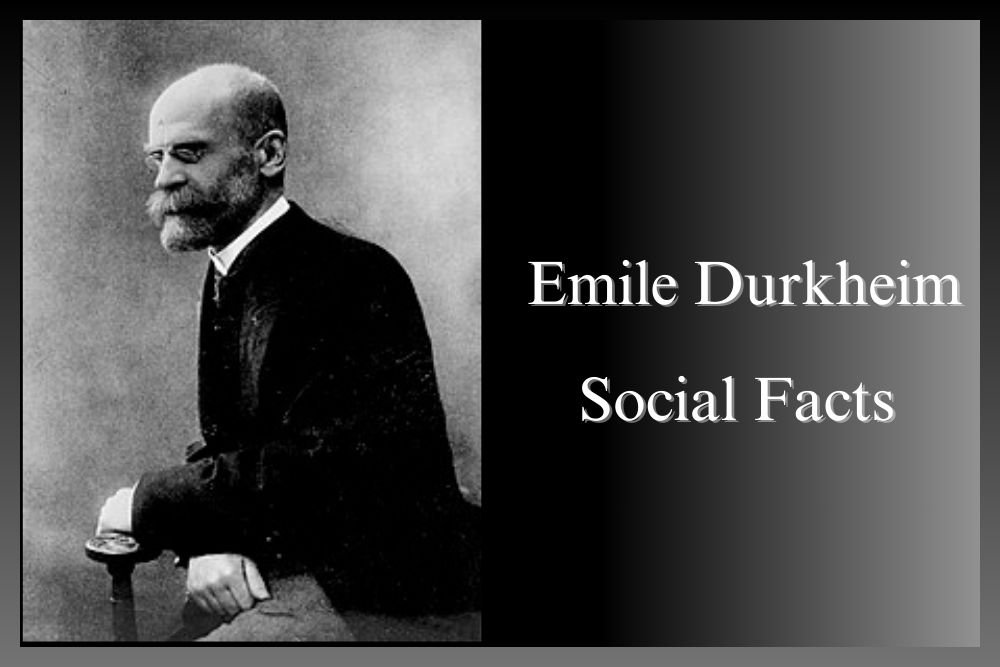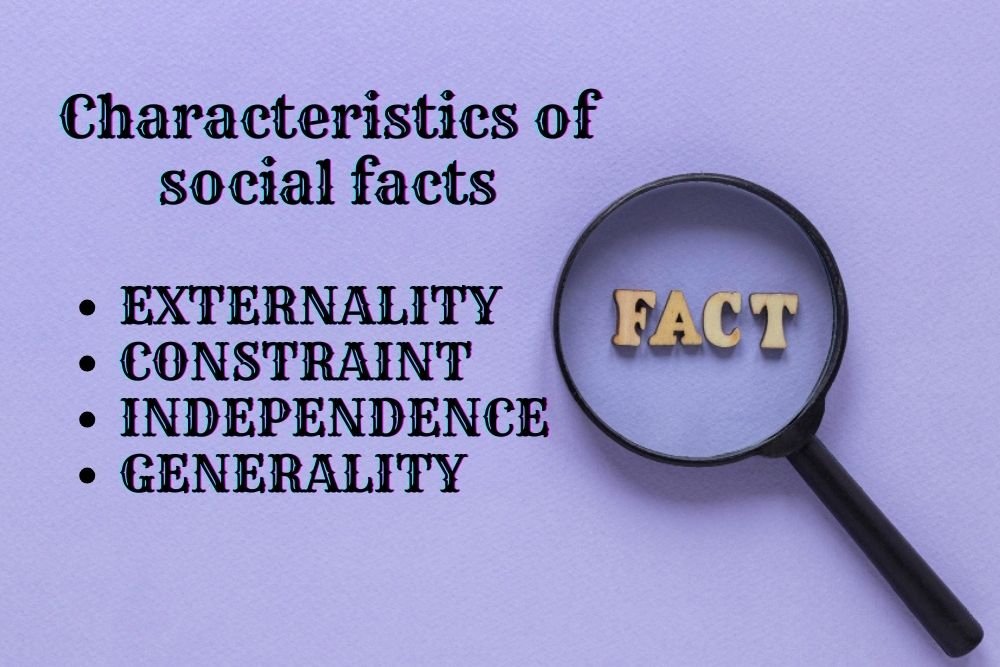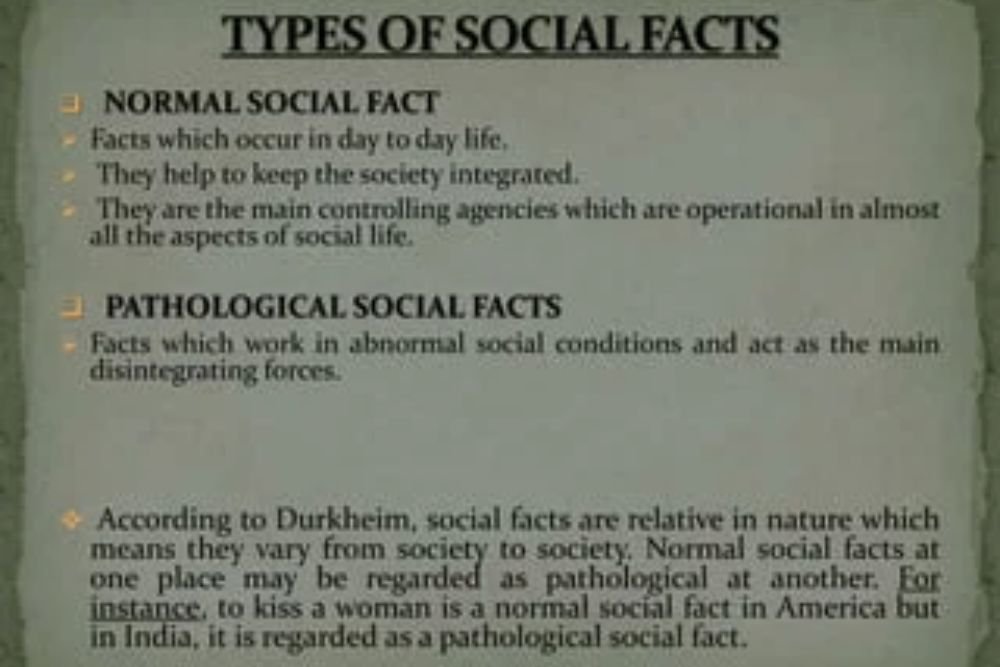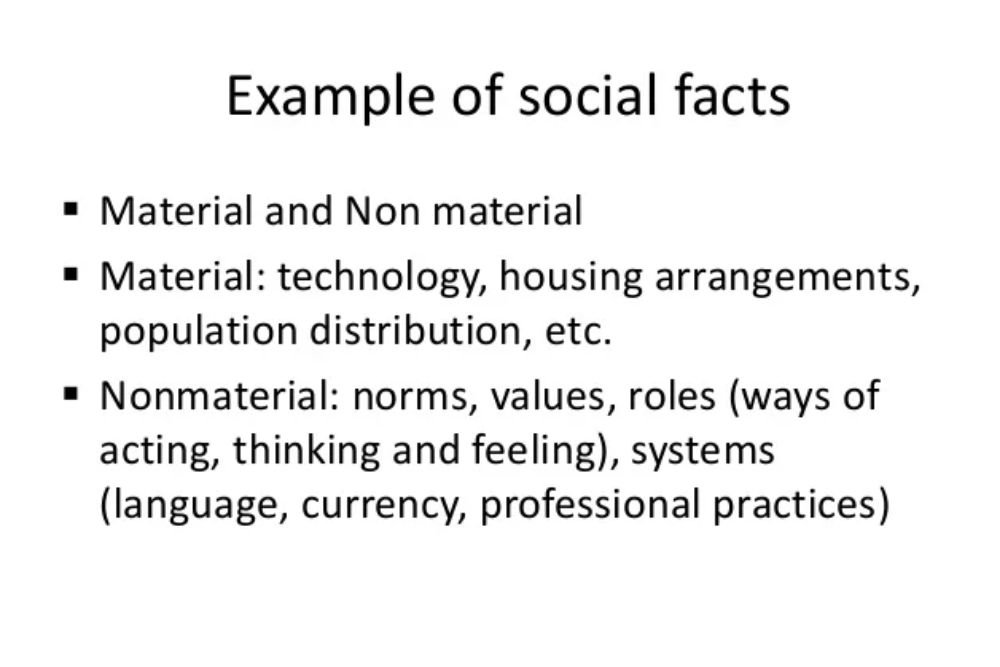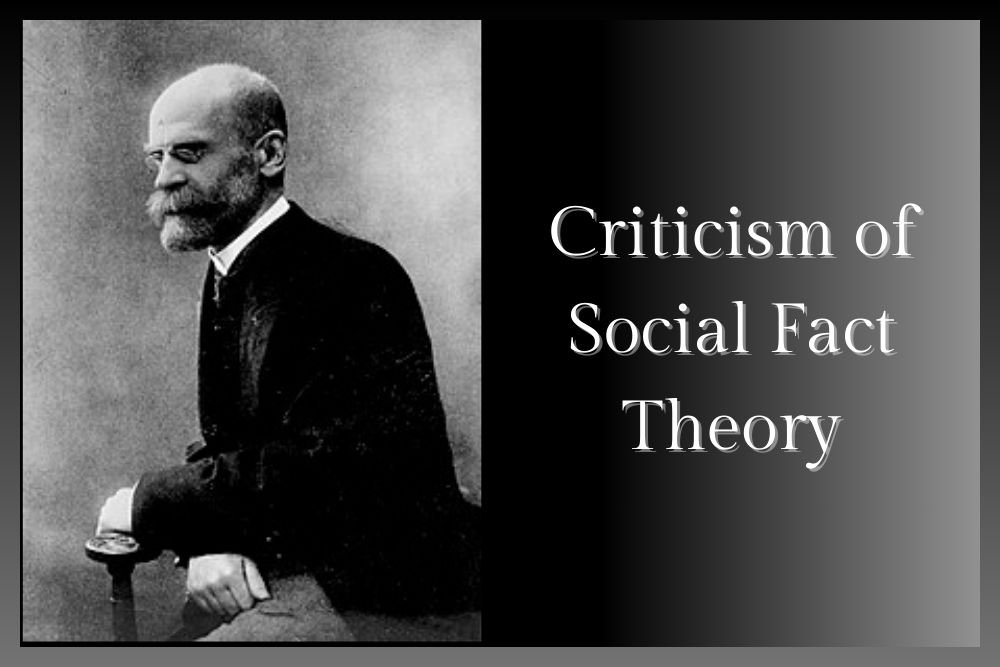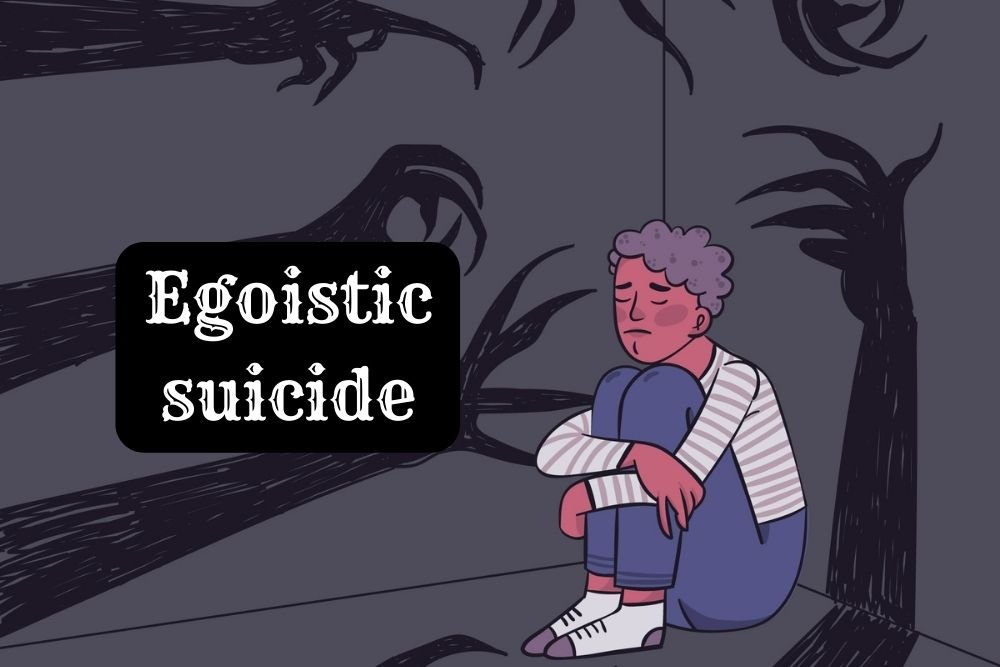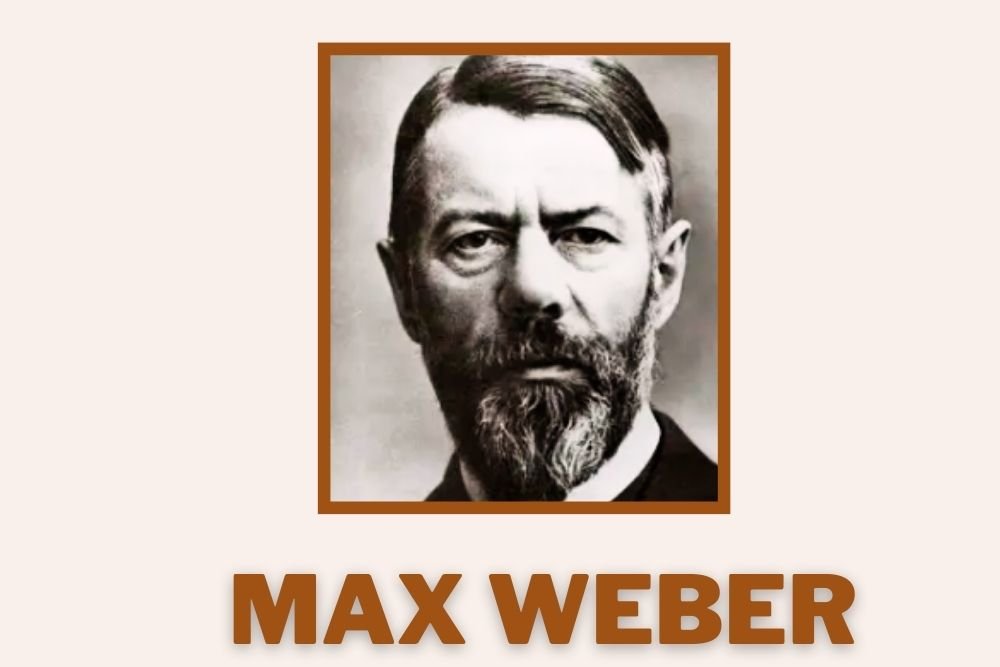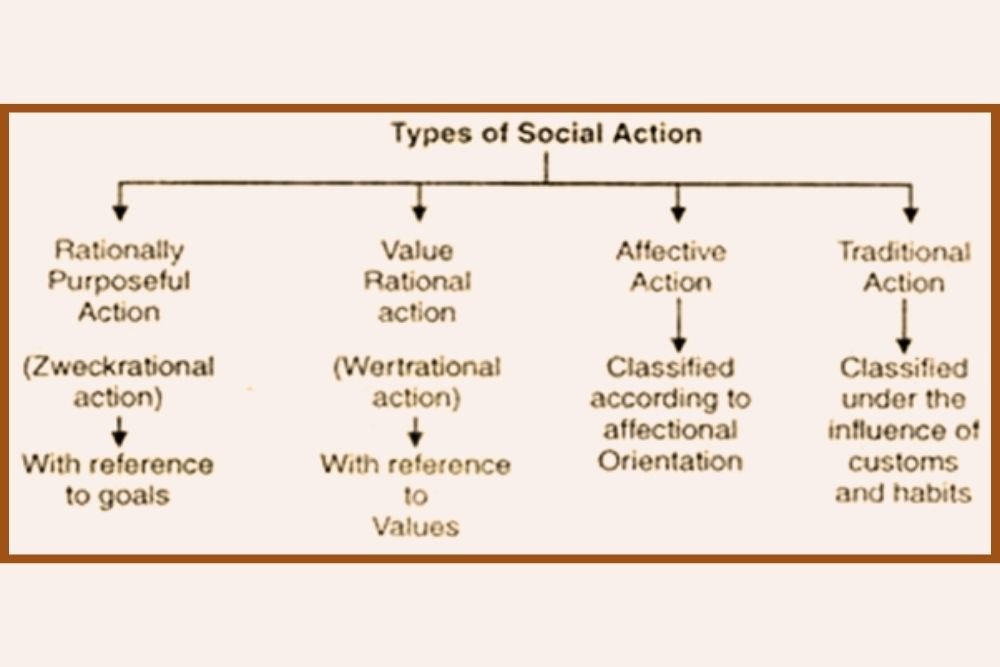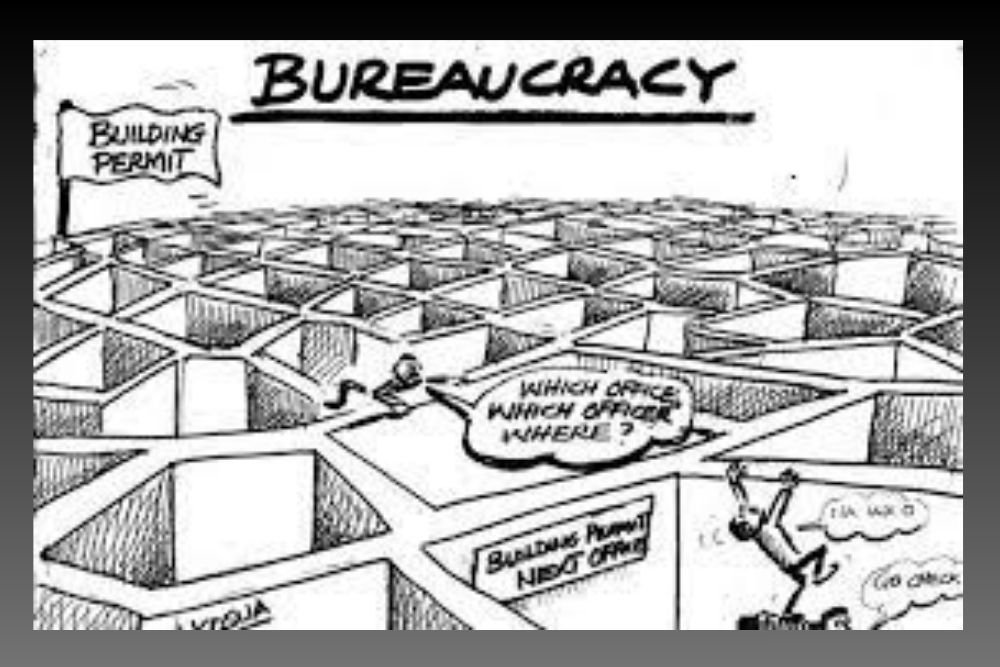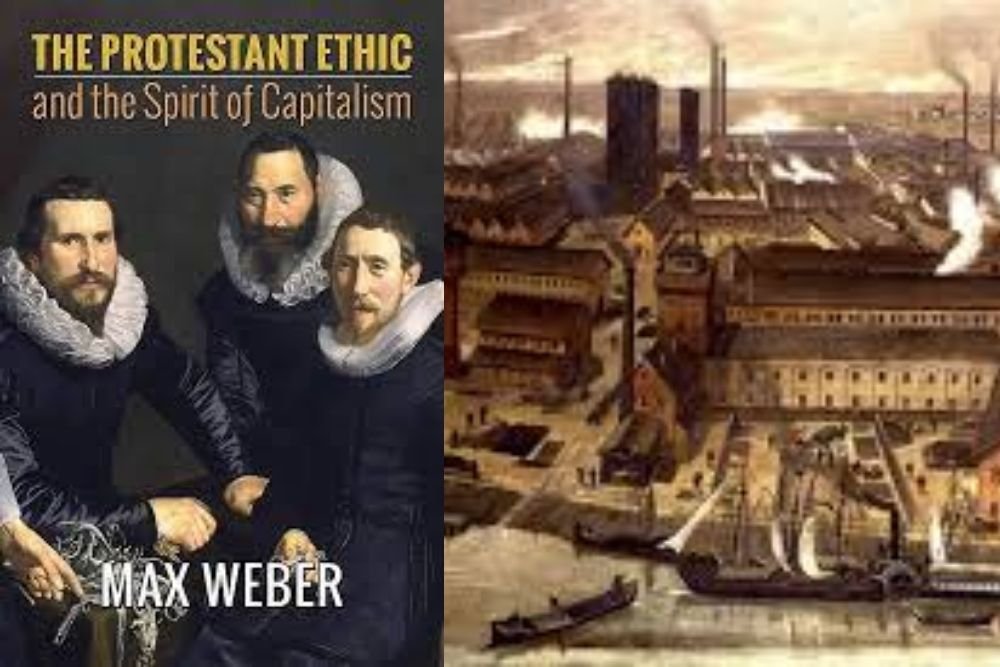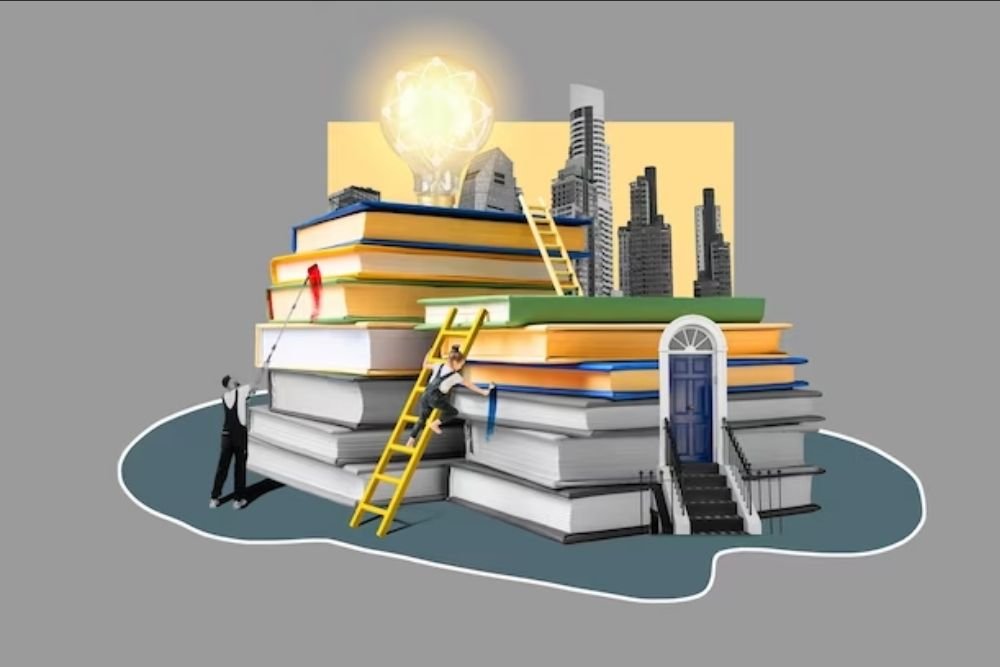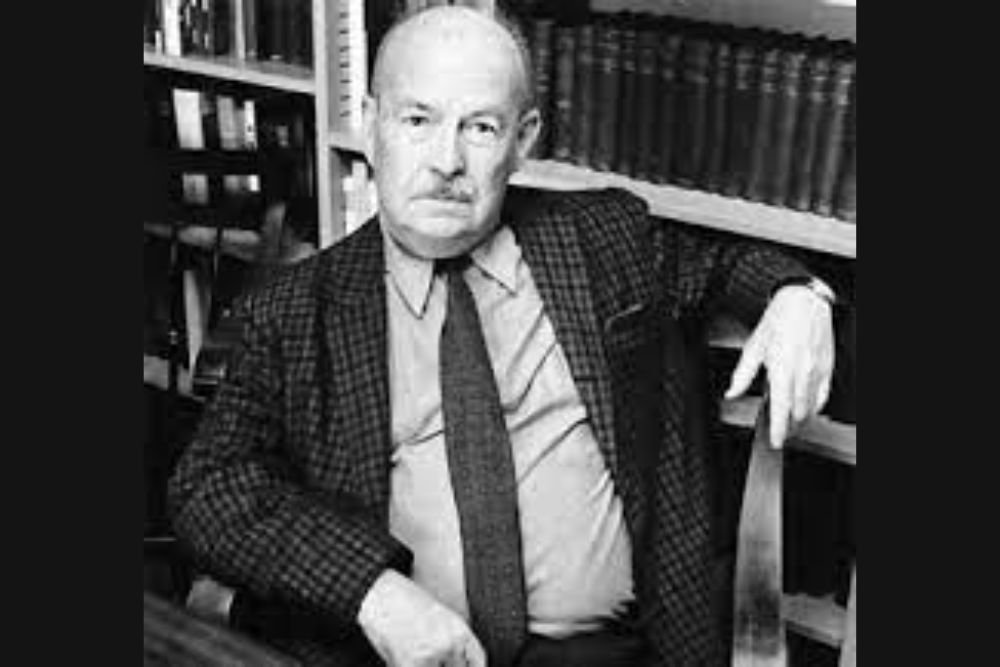
The concept of the division of labor, a foundational cornerstone in sociological discourse, has undergone meticulous scrutiny by a myriad of scholars, with Émile Durkheim being an indomitable force in shaping its theoretical contours. While undeniably instrumental in elucidating societal structures and economic frameworks, the division of labor remains a subject of relentless examination and nuanced critique. In this extensive exploration, we embark on an intricate journey to unravel the multifaceted criticisms surrounding the division of labor, seeking to discern its profound implications on the intricate tapestry of social dynamics.
Durkheim, in his seminal work "The Division of Labor in Society," expounded upon the pivotal role of the division of labor in fostering social cohesion and steering the evolution of complex societies. However, the very ubiquity of this concept invites critique, with scholars contending that Durkheim's perspective, though seminal, might tend to oversimplify the intricacies inherent in the division of labor, potentially overlooking its nuanced downsides and unintended consequences.
A central critique echoing through the annals of sociological discourse revolves around the concept of alienation, a profound dimension adeptly articulated by the luminary sociologist Karl Marx. Critics posit that as individuals specialize in narrow, repetitive tasks within the division of labor, an inherent risk of alienation from the broader production process emerges. Marx's insightful analysis underscores the potential detachment of workers from the final product, culminating in a profound loss of connection to their labor and the broader societal context.
Moreover, the division of labor, when not judiciously managed, has the potential to exacerbate social stratification within societies. The towering figure of sociologist Max Weber becomes a beacon in this critique, as he extensively examined how the division of labor can result in the uneven distribution of resources and opportunities. This socioeconomic unevenness manifests in the creation of social classes, perpetuating hierarchies wherein certain groups wield more power and privilege than others. The overarching term social stratification encapsulates these intricate layers of hierarchical structures ingrained within the social fabric.
The concept of anomie, initially introduced by Durkheim himself, serves as yet another critical lens through which the division of labor is subjected to scrutiny. Anomie, conceptualized as a state of normlessness or a breakdown in social order, emerges as a pertinent concern for critics. They argue that an excessive division of labor can engender anomie, as individuals become progressively disconnected from shared norms and values. This state of normlessness can contribute to social instability and deviant behavior, adding a layer of complexity to the overarching critique.
To provide a more comprehensive and nuanced context to these criticisms, it becomes imperative to incorporate the perspectives of contemporary sociological scholars. Anthony Giddens, a luminary in modern sociology, in his influential work "The Constitution of Society," emphasizes the significance of social structures and their profound impact on individual agency. Giddens' structuration theory encourages a holistic examination of how the division of labor structures both society and individual actions, contributing to a nuanced understanding of its dynamics.
Additionally, the notion of post-industrial society, as expounded upon by sociologist Daniel Bell in his seminal work, "The Coming of Post-Industrial Society," introduces yet another layer to the critique. Bell argues that with the shift towards a service-based economy, the traditional industrial division of labor becomes less applicable. This challenges the universality of Durkheim's ideas and underscores the evolving nature of labor in contemporary society.
In conclusion, while the division of labor has unequivocally stood as a fundamental concept in sociological thought, subjecting it to relentless critique is imperative to unravel its multidimensional impacts. The criticisms, encapsulating issues of alienation, social stratification, and anomie, provide a comprehensive understanding of potential pitfalls. By incorporating insights from foundational figures like Marx, Weber, Durkheim, and contemporary thinkers like Giddens and Bell, we gain a holistic perspective on the complexities inherent in the division of labor. This nuanced outlook allows us to appreciate both its merits and potential challenges within the intricate fabric of societal dynamics.


































